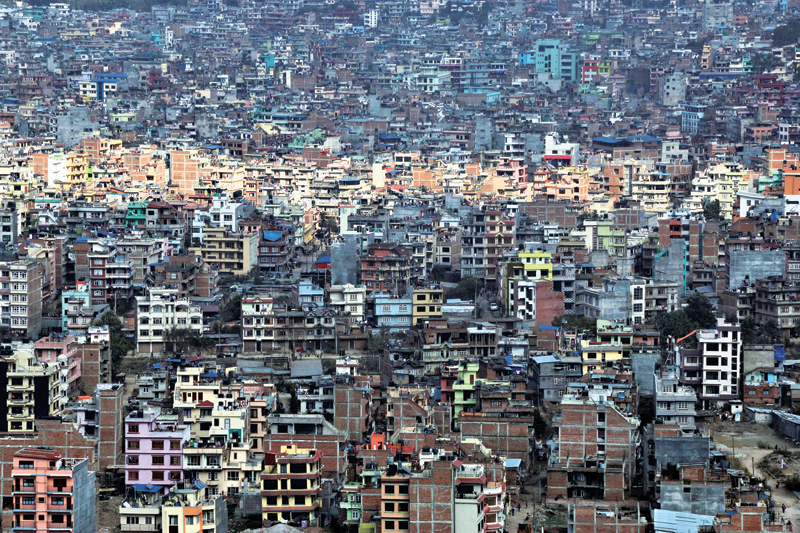Another ring road
Justification for building the outer ring road and determining its alignment did not come from a traffic planning exercise
Kathmandu
The outer ring road for the Kathmandu valley is back in the news. I first thought it to be an April fool’s joke but it was not. The plan for outer ring road did its rounds a decade ago but then ran aground due to litigation issues related to land acquisition. The rational for building this road is probably even more ambiguous and questionable today than it was then.
The justification for building the outer ring road and determining its alignment did not come from a traffic planning exercise. The explanation was given at the time that the concept was to broaden the service road for Melamchi water supply pipeline. This project in itself shows the government’s prioritisation for the mega infrastructure projects, ignoring the need to deal with the complexity of subtle improvements and details. The project has now come under the Ministry of Urban Development and I have been told that it is the Kathmandu Valley Development Authority that has taken responsibility for this grand endeavour.
The press release states that the eight-lane, 72 kilometre long highway would encircle the valley ‘in a bid to ease the pressure of vehicular traffic in the valley’. Till today I have not seen any studies on the present status of traffic in the valley — how traffic will develop in the future and any strategic plan on how traffic will be guided. We first need to understand what kind of traffic we have and how the traffic flows. The road widening that was carried out before the earthquake sliced buildings along the main roads preparing us for the images of destruction caused by the earthquake. The wide roads have attracted more traffic, which gets stuck in long queues at the next road crossing. Furthermore, I really do not know how the 72 kilometre outer ring road will ease the traffic at the crossing in front of Keshar Mahal.
The outer ring road is clearly not a solution to traffic but a means for further urban expansion. This is a contentious issue showing a total disconnect between the plans for such development projects from the agreed concept for the valley of containment of urbanisation. The Master Plan for Kathmandu developed in late 1960s and early 1970s presented the concept of radial development and containing the built up area to 40 per cent of the valley. Over the past decades, with lack of any kind of zoning controls, planners have begun talking of ensuring 40 per cent of the valley remaining unbuilt. It is therefore quite shocking that the government actually plans a ribbon development. The press statement mentions, “a systematic settlement would be developed in 62,000 ropanis of land integrating 250 metres on either sides of the outer ring road”.
The absurdity of the project lies in the fact that it will become a catalyst for further urbanisation within the valley. At a time when everyone is promoting decentralisation, the new constitution provides us with a federal system comprising of seven states. The recent tendency has clearly opposed the spirit of the constitution with the creation of numerous authorities and lack of provincial and even local governance.
Furthermore, the present priority should lie in post-disaster rehabilitation. Infrastructure projects seem to have been given higher priority than the rehabilitation of the historic settlements. The authorities that have been sidelined or given just minor parts in the post-disaster recovery process are pushing their own projects to create an impression that their work is essential. Making a ‘separate lane for cycles mandatory along the outer ring road’ hardly justifies this project.
(The author is an architect and can be contacted through paharnepal@hotmail.com)






